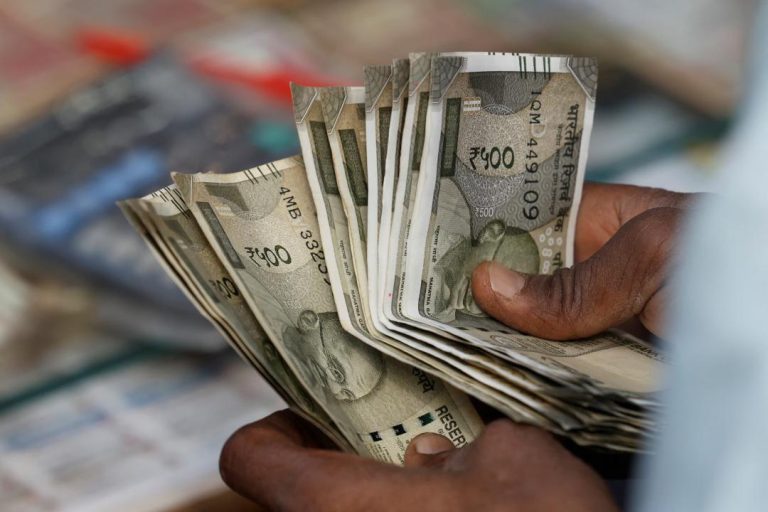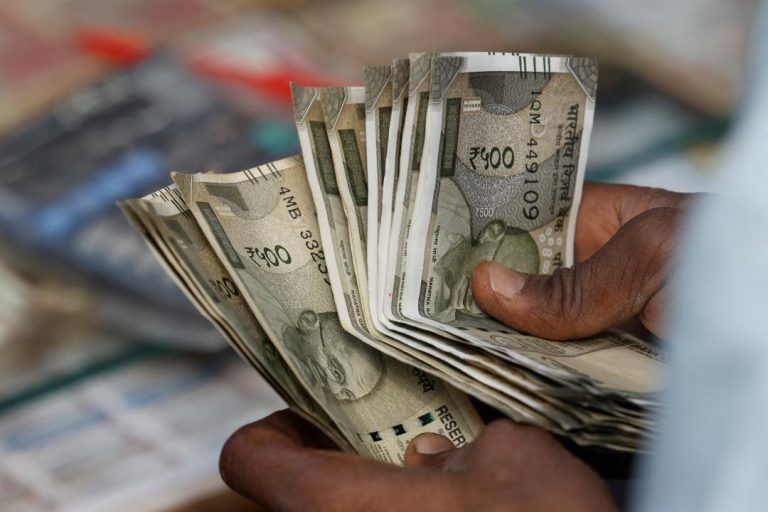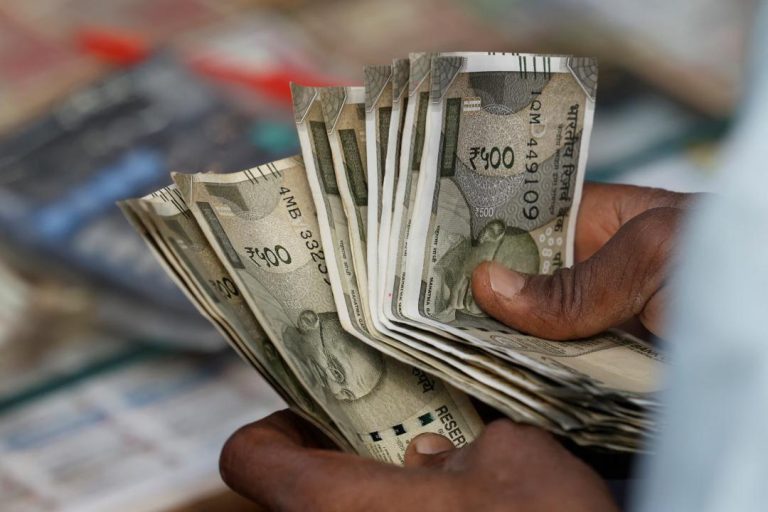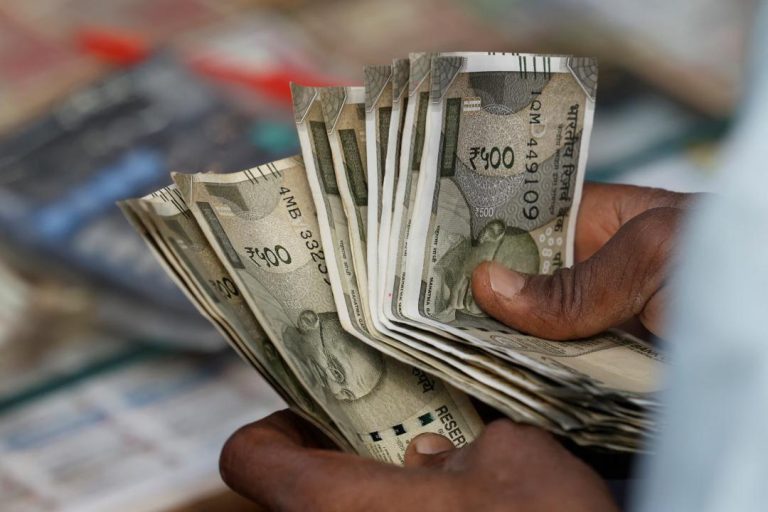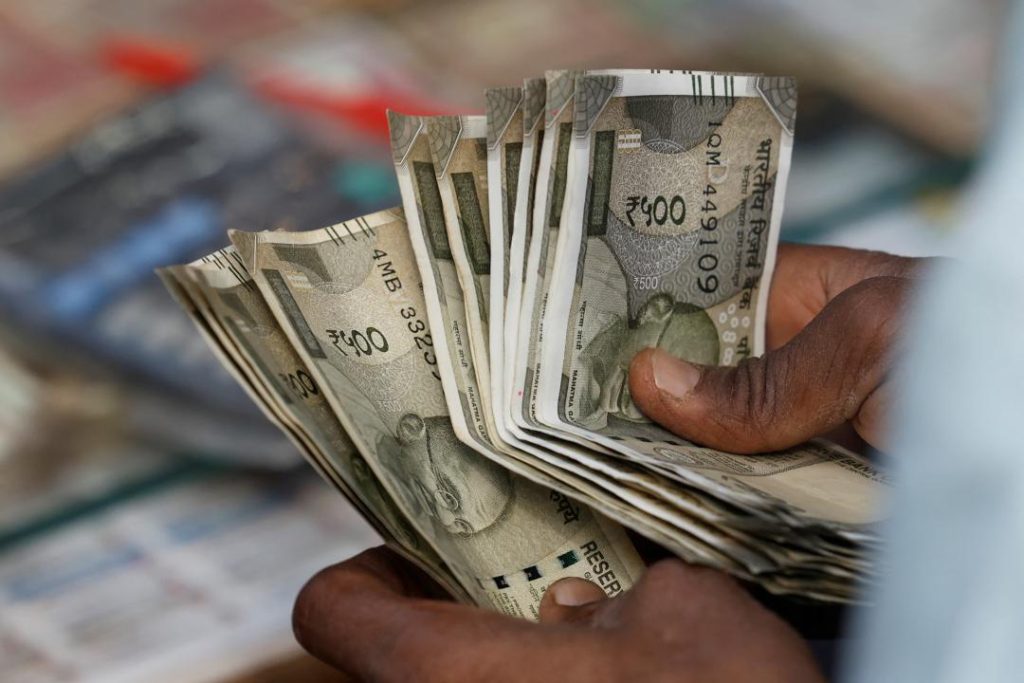
What got cheaper & costlier in March as CPI falls to 67-month-low of 3.34%?
In a welcome respite for consumers, India’s retail inflation, as measured by the Consumer Price Index (CPI), fell to a 67-month-low of 3.34% in March. This significant drop in prices is largely attributed to a decline in prices of essential commodities such as eggs, vegetables, and pulses. According to a recent press release by the Ministry of Statistics and Programme Implementation, the CPI, which tracks the prices of a basket of goods and services, recorded a decline for the first time in 11 months.
The data released by the Ministry reveals that prices of eggs, vegetables, and pulses saw sizeable declines in March, with eggs becoming cheaper by 12.34%, vegetables by 10.83%, and pulses by 10.41%. These declines are significant, considering that eggs are a staple food item in many Indian households. The price of vegetables, in particular, has been under pressure due to a bumper crop and increased supply. The decline in prices of pulses, which are a primary source of protein, is also a welcome relief for consumers.
While prices of eggs, vegetables, and pulses saw significant declines, other food items such as spices, meat, fish, and housing saw marginal drops. The prices of recreation and amusement activities, such as cinema tickets and travel, also saw a slight decline. On the other hand, prices of fruit saw a sizeable jump, with a rise of 6.55%. This increase is largely attributed to seasonal fluctuations and supply chain disruptions.
Interestingly, prices of some essential items such as cereals, milk, oil, sugar, confectionery, clothing, snacks, sweets, pan, tobacco, footwear, fuel, and health and education saw marginal rises. The increase in prices of cereals, for instance, is attributed to a decline in production and supply, while the rise in prices of milk is due to increased demand and supply chain disruptions.
The decline in retail inflation is a welcome sign for the Indian economy, which has been grappling with slow growth and high inflation for some time. A low and stable inflation rate is essential for economic growth, as it allows consumers to make long-term investment decisions and businesses to plan for the future.
The decline in retail inflation is also a result of the government’s efforts to boost agricultural production and supply. The government has implemented various initiatives to increase the production of pulses, oilseeds, and other essential commodities. These initiatives include the Pradhan Mantri Kisan Samman Nidhi (PM-KISAN) scheme, which provides financial assistance to farmers, and the Soil Health Card scheme, which aims to improve soil health and fertility.
The decline in retail inflation also has implications for monetary policy. The Reserve Bank of India (RBI), which has been grappling with high inflation for some time, may consider reducing interest rates to stimulate economic growth. A reduction in interest rates would make borrowing cheaper for consumers and businesses, which could help stimulate economic growth.
In conclusion, the decline in retail inflation to a 67-month-low of 3.34% is a welcome sign for the Indian economy. The decline in prices of essential commodities such as eggs, vegetables, and pulses is a significant relief for consumers. While some food items saw price rises, the overall trend is positive and suggests that the economy is headed in the right direction.
